By Ken Lain, the mountain gardener

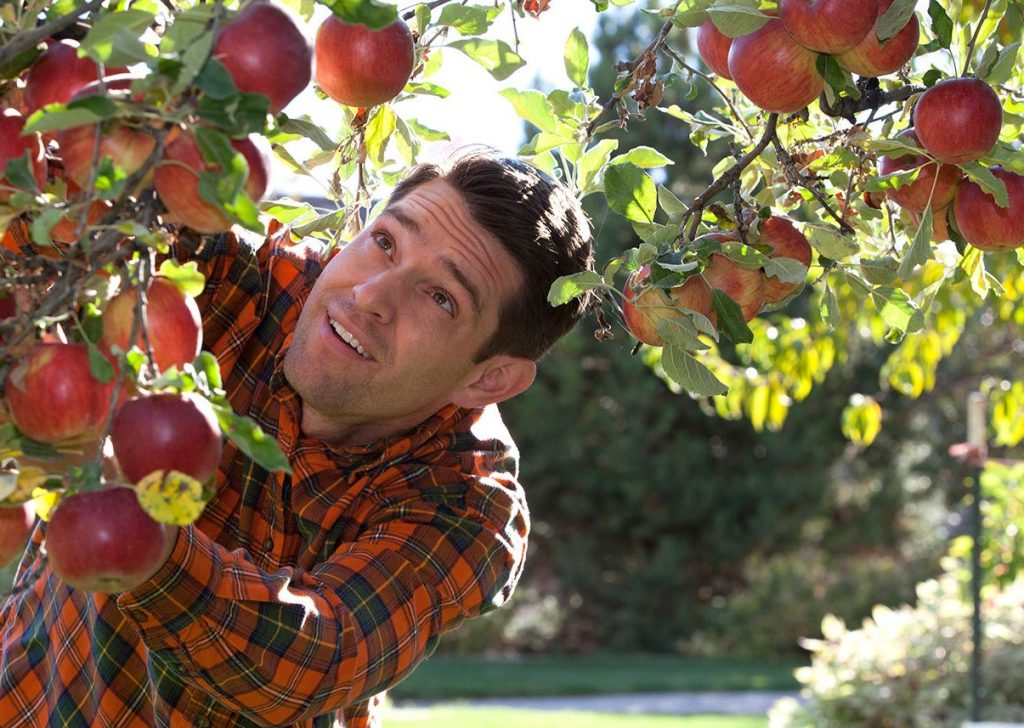
On the Go Answer – Readers Digest Condensed Version of this Article
Fruit trees are easy to grow in the Mountains.
Apple, pear, peach, plums, apricot, nectarine, grapes, and blueberries all grow locally.
Plant late-blooming varieties for the best frost protection
Native plants with edible fruits are Manzanita, Mahonia, and Currants
As the Spring planting arrives, it brings a sense of rejuvenation, vitality, and renewal. Gardeners witness this revitalization through the emergence of fresh leaves and blooming flowers in their gardens. The season also ushers activity among plants that bear edible fruits, especially fruit trees that thrive at higher elevations in Arizona. However, fruit trees offer more than just a bountiful harvest; they bring about seasonal changes in colors and textures, adding fascinating diversity to our landscapes.
Now is the ideal time to plant new fruit trees for a burst into vibrant colors, ranging from pure white and delicate pink to robust reds this Spring. Apart from their visual beauty, the fragrances emitted by these trees add a sensory delight to any landscape style. In autumn, fruit trees dazzle with intense shades of red, glowing orange, and radiant yellow, showcasing some of the best mountain colors. Edible fruit trees have it all, even if you never harvest a single fruit!
If you’re selecting fruit trees primarily for their harvest, opt for varieties that bloom later in Spring. Late-blooming trees reduce the risk of frost, which affects the fruits. Don’t hesitate to seek assistance when choosing the perfect pair of trees. Watters garden experts possess valuable personal experiences and closely monitor which varieties perform best in mountain landscapes. Here are my top recommendations:
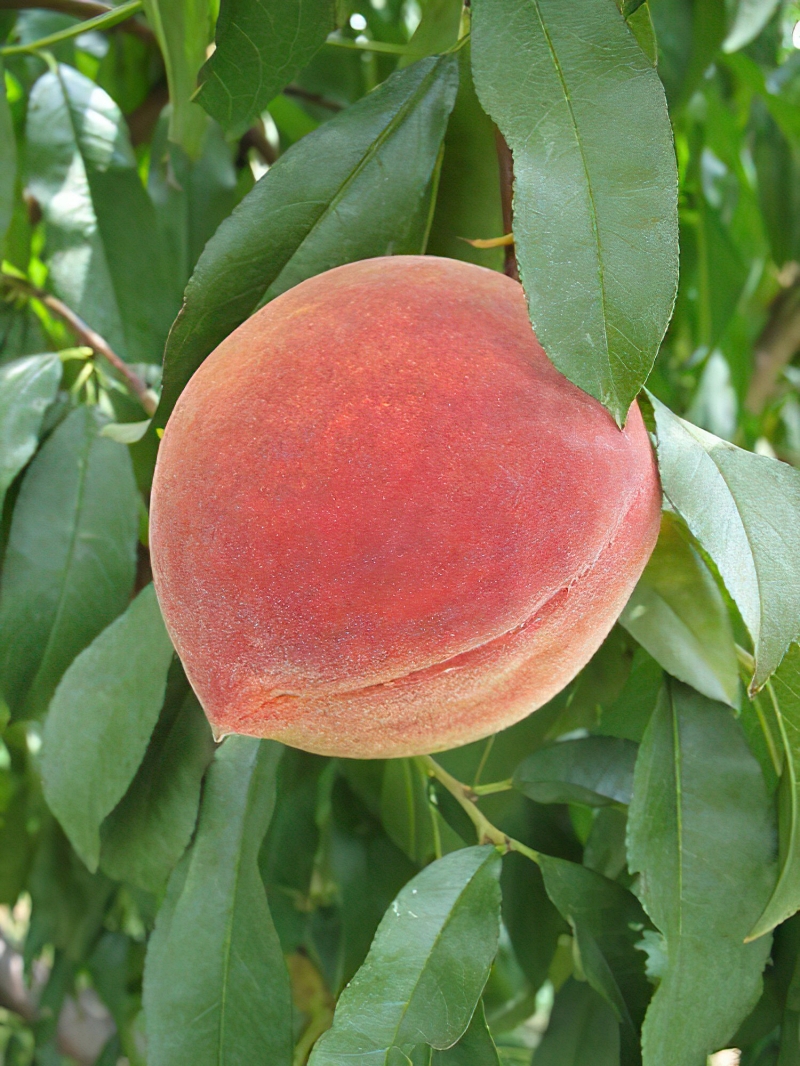
Gleason Elberta Peach: Renowned worldwide for its abundant flavor and attractive color, these trees produce giant, high-quality peaches. Additionally, consider Redhaven, Ranger, and Rio Oso Gem peaches.
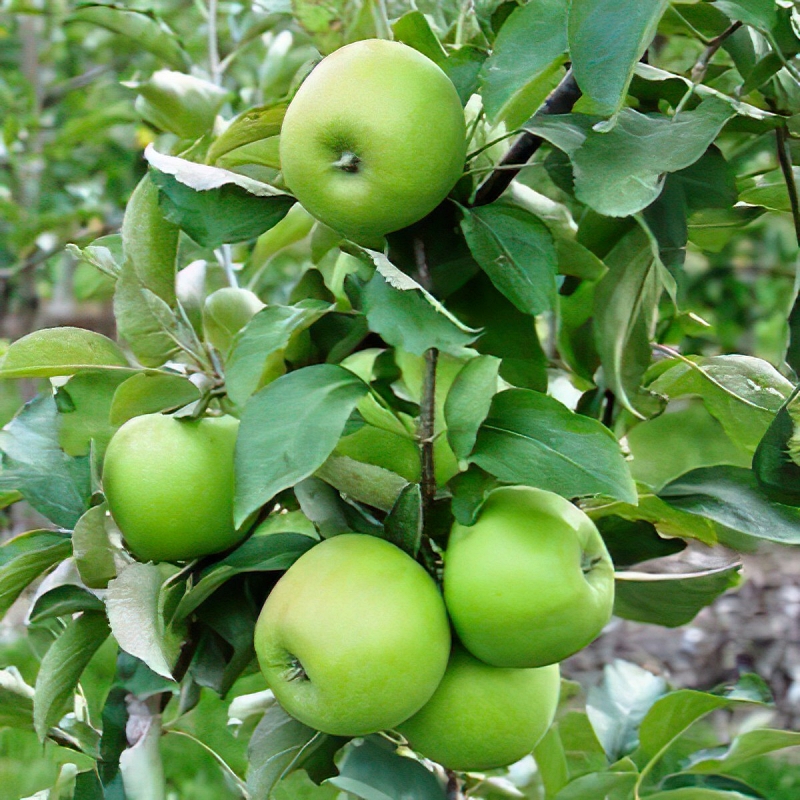
Granny Smith Apples: Among my favorites, these bright green apples are ideal for desserts and cooking. The thought of picking and savoring a freshly harvested apple in the shade of these magnificent landscape trees is truly mouth-watering. This late-blooming variety consistently bears fruit locally. Also, consider Honeycrisp, Yellow Delicious, and Gala apples.
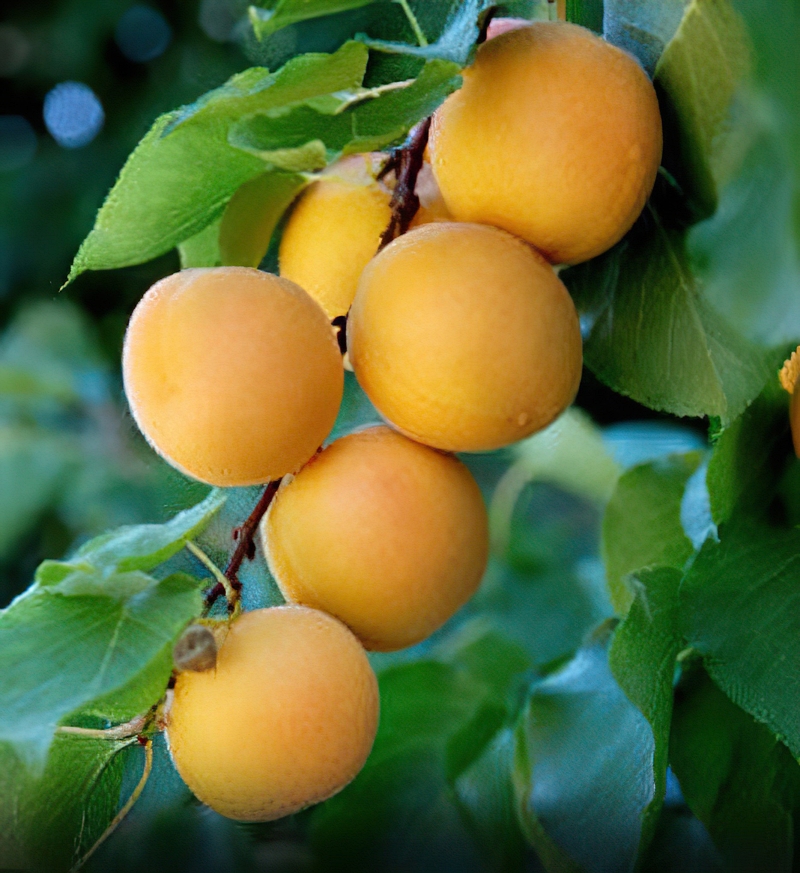
Moorpark Apricot: This is the finest apricot, boasting a rich and luscious flavor. These large, firm apricots are beloved for their exceptional taste. The delicate pink blossoms give way to red-blushed fruits that can be harvested as early as Independence Day. Consider Harcourt, Chinese, and Tilton apricots as well.
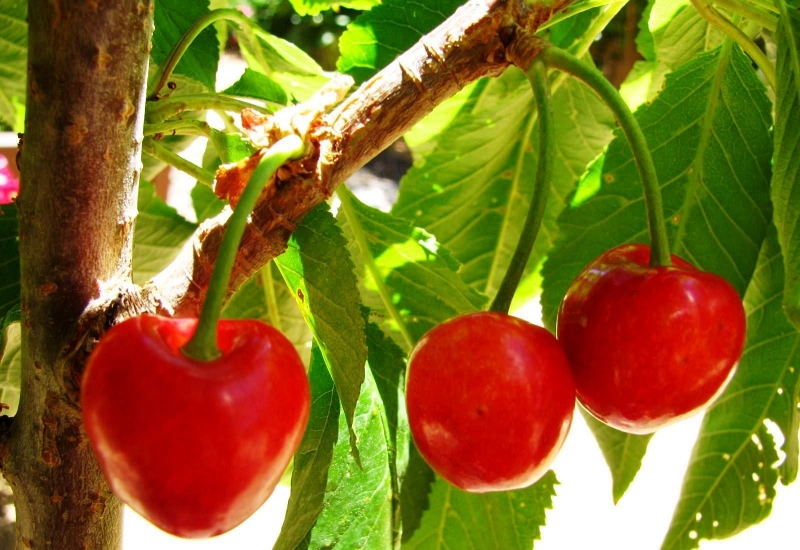
Stella Cherry: Notably cold-hardy, this tree produces dense clusters of fruit reminiscent of Bing varieties but with a sweeter taste. Its magnificent blossoms make it a showstopper during Spring. A majestic Stella cherry tree adorned with spectacular blooms is breathtaking. Also, consider Bing, Van, and Utah Giant cherries.
In addition, Pear, Nectarine, Plums, Almonds, and Walnuts also thrive in the mountains of Arizona.
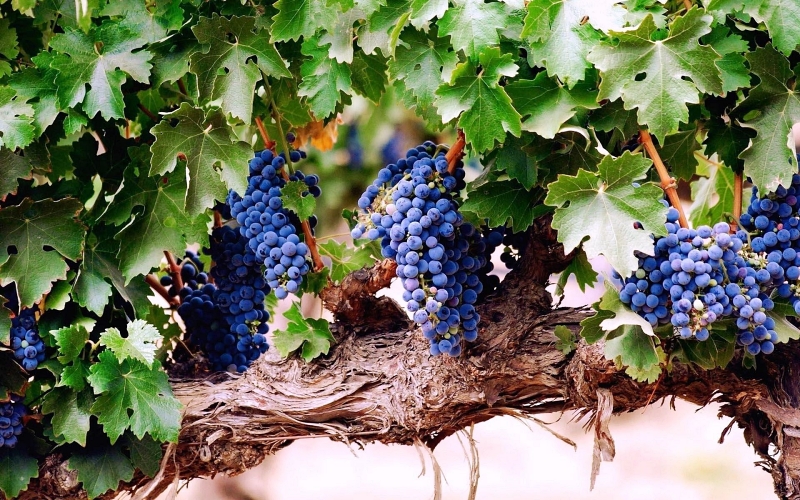
Grapevines also thrive surprisingly well in local landscapes. While the fruits may be slightly smaller than their California counterparts, they are sweeter in taste. The vines’ long tendrils provide excellent shade cover as they climb arbors, decks, and covered patios. The most prolific grape varieties are Flame and Thompson, but pay attention to vineyard wine grapes as well.
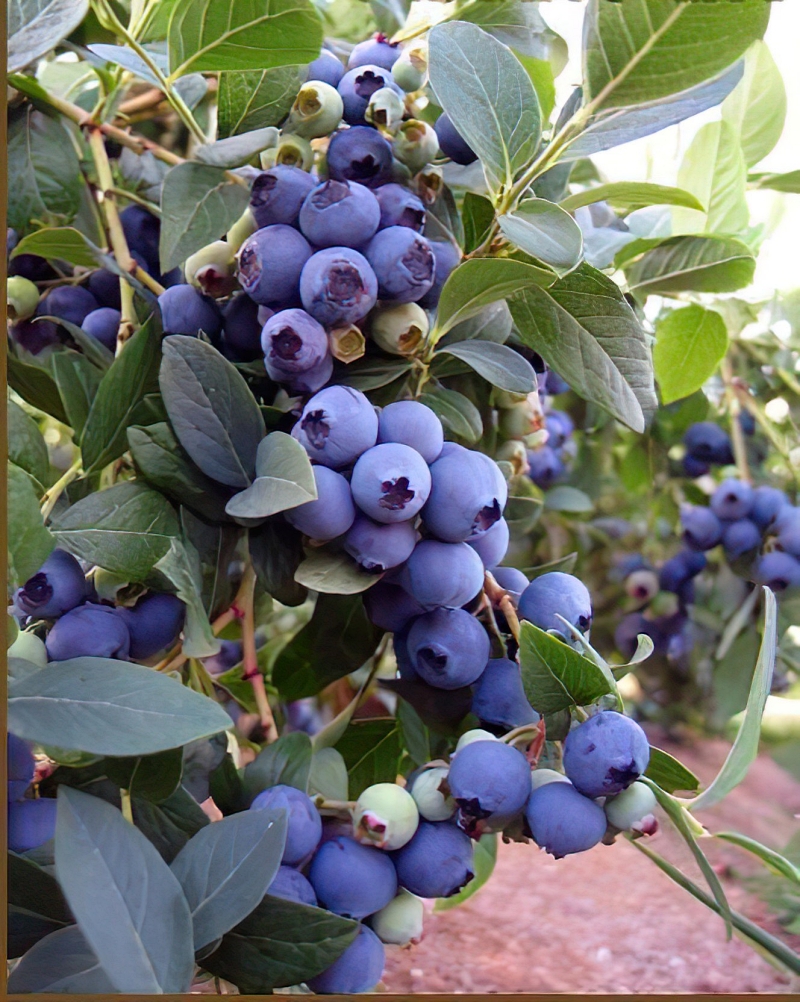
Blueberry plants are well-suited for ground cultivation, although they produce the best fruits in containers. They make delightful additions to full-sun areas near patios.
For a touch of authentic southwestern crops, delicate Manzanita blossoms give rise to dark, melt-in-your-mouth fruits. Other native fruits to consider are Mahonia and Currants.
Regardless of which edible plants appeal to you and your landscape, consider planting an extra tree or shrub to share with family, friends, and even your local food bank. You may be surprised by how appreciative they are of your healthy harvest.
Learn more at a free garden class. The spring class schedule is up, and next week, we will go deep into fruit trees and join the garden fun. Here’s the 2024 Garden Classes lineup and the following few classes.
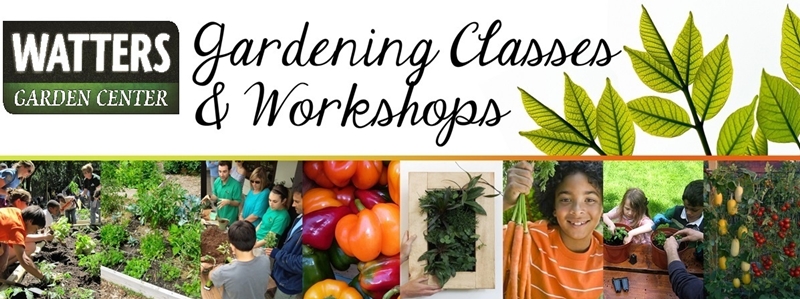
February 3 @ 9:30 am: Soil Preparation for Growing Success
What we do to prepare a garden in winter means a healthier garden in Spring! When properly prepared and cared for, soil can be improved each year and will continue to grow plants forever. Students learn best practices to get our mountain soil prepped for planting, such as soil amendments, adding nutrients, fertilizer, and more.
February 10 @ 9:30 am: Top 10 Trees for Fresh Fruit
Learn insider tips from pros who know varieties, planting techniques, food, and more. We cover local success stories and best practices for healthy, happy fruit trees that produce your best harvest! Our Fruit Tree Experts will be on hand to explain when and how to prune your trees to stimulate more robust, vigorous growth with more fruit this Spring.
February 17 @ 9:30 am: Gardening for Newcomers
Are you new to Arizona or just new to gardening? This class is Gardening 101 for everyone hoping to turn a brown thumb green. Learn the mountain secrets to local garden success, from soil preparation and planting to water and fertilizing. This information-packed class is guaranteed to increase garden blooms and fruit this spring. This year, you’ll know exactly what to do to make your garden envy the neighborhood!
Until next week, I’ll be helping local gardeners plant healthier fruit trees here at Watters Garden Center.


